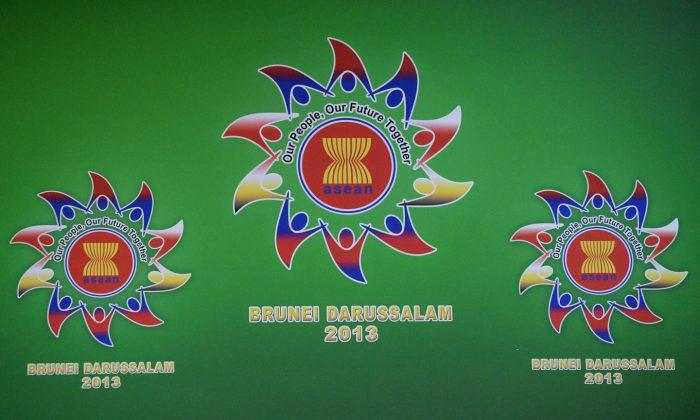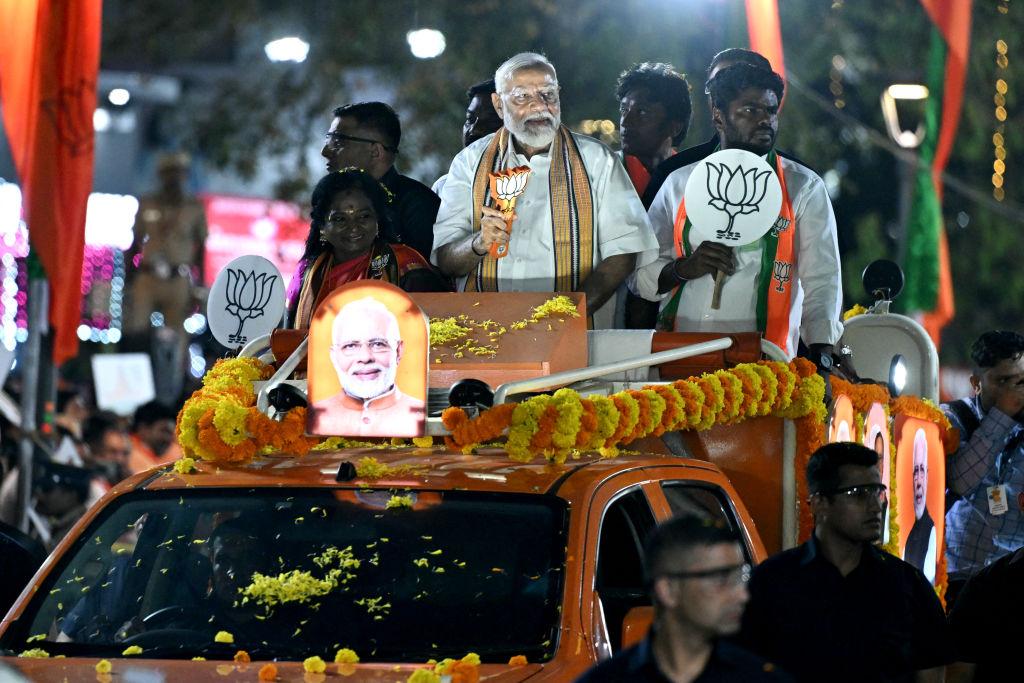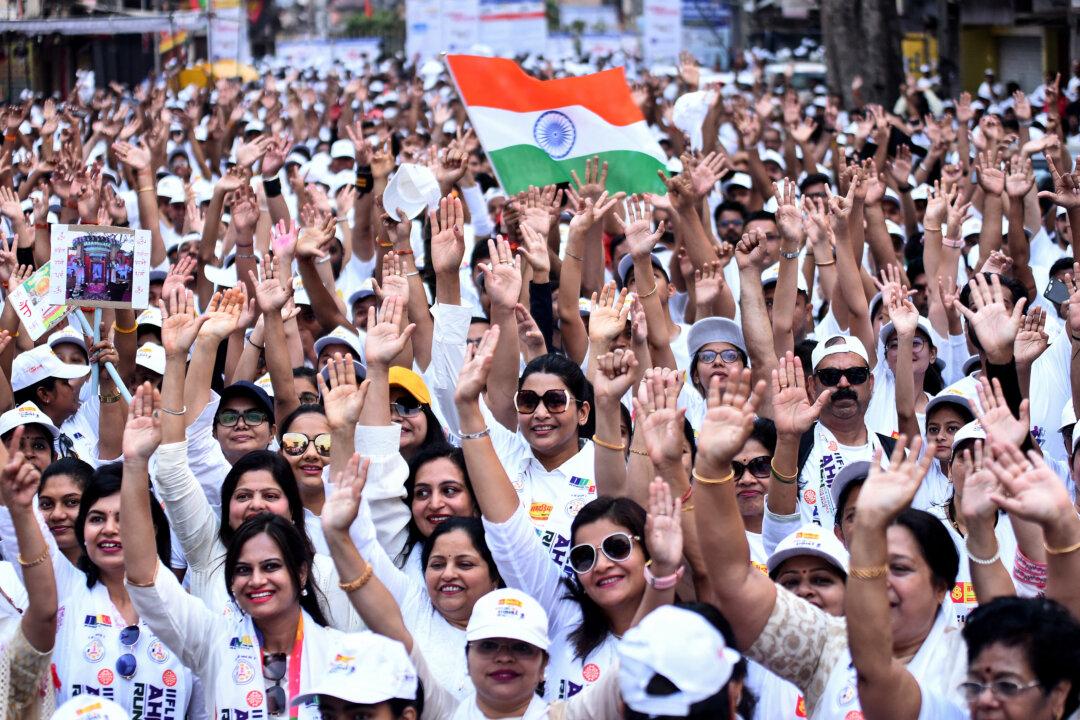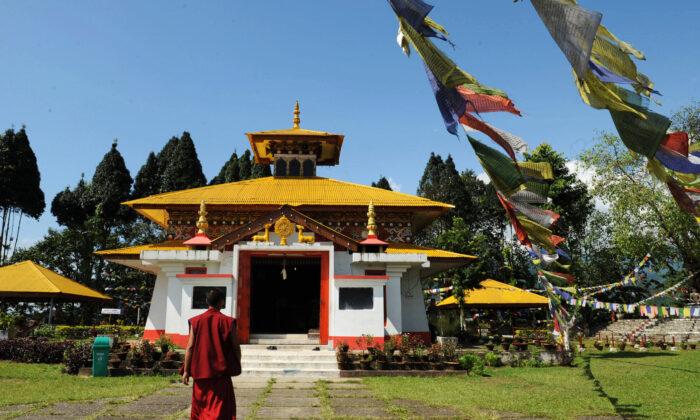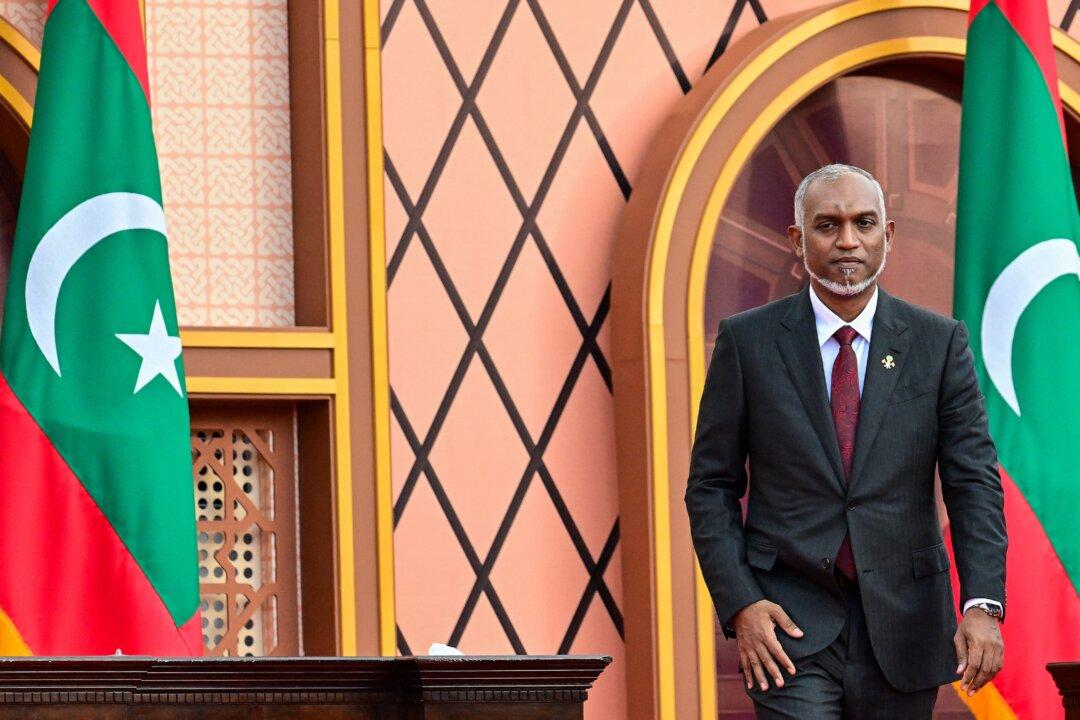With the recent appointment of a separate mission to the Association of South East Asian Nations (ASEAN), India has slowly but surely started to counter China’s influence in the region.
ASEAN consists of Indonesia, Malaysia, Philippines, Singapore, Thailand, Brunei, Burma (also known as Myanmar), Vietnam, Laos and Cambodia. Japan, US, Australia, India, and China are ASEAN’s partner countries.
During a four-day visit to Brunei and Indonesia to attend the ASEAN and Southeast Asia summits in early October, India’s Prime Minister Manmohan Singh announced a separate mission to ASEAN with a full time ambassador.
Bibhu Prasad Routray, a Singapore based security analyst and former deputy director at India’s National Security Council Secretariat, said in an interview with Epoch Times, “To me the choice of India’s ambassador to Myanmar is a demonstration of its seriousness to pursue its interests in Myanmar. Ambassador Gautam Mukhopadhaya was posted to Yangon from Kabul where he had done exceptional work.”
Since 2003 China has extended its partnerships with ASEAN nations in areas of trade, defense, and development after it signed a strategic agreement with the Southeast Asian body. India signed an agreement on Comprehensive Economic Cooperation with the ASEAN in the same year and later in 2009 signed the Indo-ASEAN Trade in Goods agreement which substantially increased India’s exports to the ASEAN member states. However, China remains the major economic power in the region and is also the largest supplier of arms to the region.
“India is attempting to emerge as a prominent player [in the region] mostly by strengthening its relations with the ASEAN, and also by entering into strong bilateral relations with many of the Southeast Asian countries,” said Routray.
Because of their growing energy needs, both India and China are also increasingly emerging as competitors for energy resources in Southeast Asia. China’s string of pearls running from across the Chinese mainland through the Indian ocean in Bangladesh, Srilanka and Pakistan till the port of Sudan have been a security and commercial concern for India.
According to Routray, policymakers realize that India cannot match China’s military force or even its economic domination. “So what alternatively can be done is to use all other options like developing bilateral ties with countries in Southeast Asia, both with countries that India consider its friends and also with countries who are equally apprehensive of a Chinese growth.”
In a lecture on Aug. 21, ‘From Looking East to Engaging East: India’s Growing Engagement with Thailand and ASEAN,’ India’s Ambassador to Thailand Anil Wadhwa said, “The India-ASEAN engagement began with a strong economic emphasis, but it has also become increasingly strategic in its content. Our political dialogue has grown, our consultations in regional forums have intensified, and our defense and counter-terrorism cooperation have expanded.”
During his four-day visit to Brunei and Indonesia the Indian Prime Minister also held bilateral meetings with the Prime Ministers of Japan and Australia.
“India shares strong strategic relations with both Japan and Australia. The meetings were part of that framework. These meetings were also used by New Delhi to seek greater economic cooperation and investment from Japan and to discuss a nuclear trade deal with Australia concerning uranium sale to India and fast-tracking a Comprehensive Economic Cooperation Agreement,” said Routray.
According to Routray it was also a signal to China that “New Delhi would pursue its strategic interests in the area seriously and would not shy away from using its relations with other countries to deal with the challenges posed by Beijing.”
Wadhwa on the other hand expressed that India remains convinced of the continuing relevance of the ASEAN-India strategic partnership as an anchor for peace, stability and prosperity in the region as well as globally.
“As the global power dynamics see further shift towards Asia, it is important to understand the dynamics within the Indian Ocean and the Pacific and work towards a security construct that leverages the civilizational linkages to expand cooperation and build partnership across the Indo-Pacific. Political, economic and security structures are evolving globally, and, in a more pronounced manner, in East Asia. ASEAN and India are and will remain natural partners in defining their perspectives and addressing their common requirements of economic growth and prosperity,” he said.
